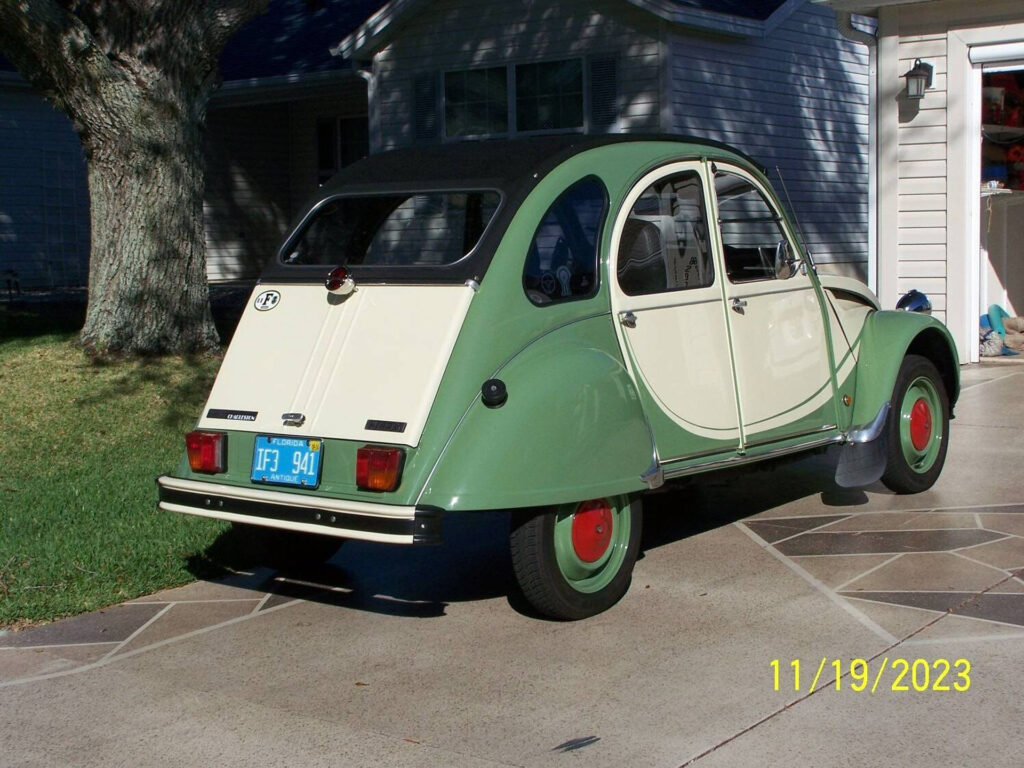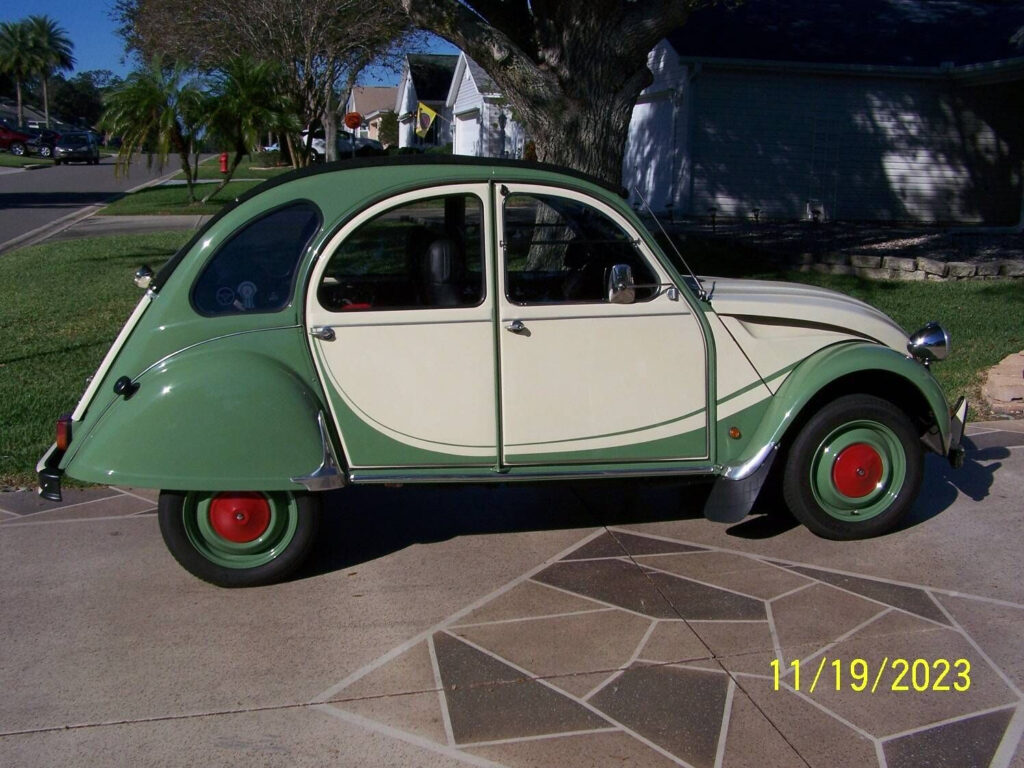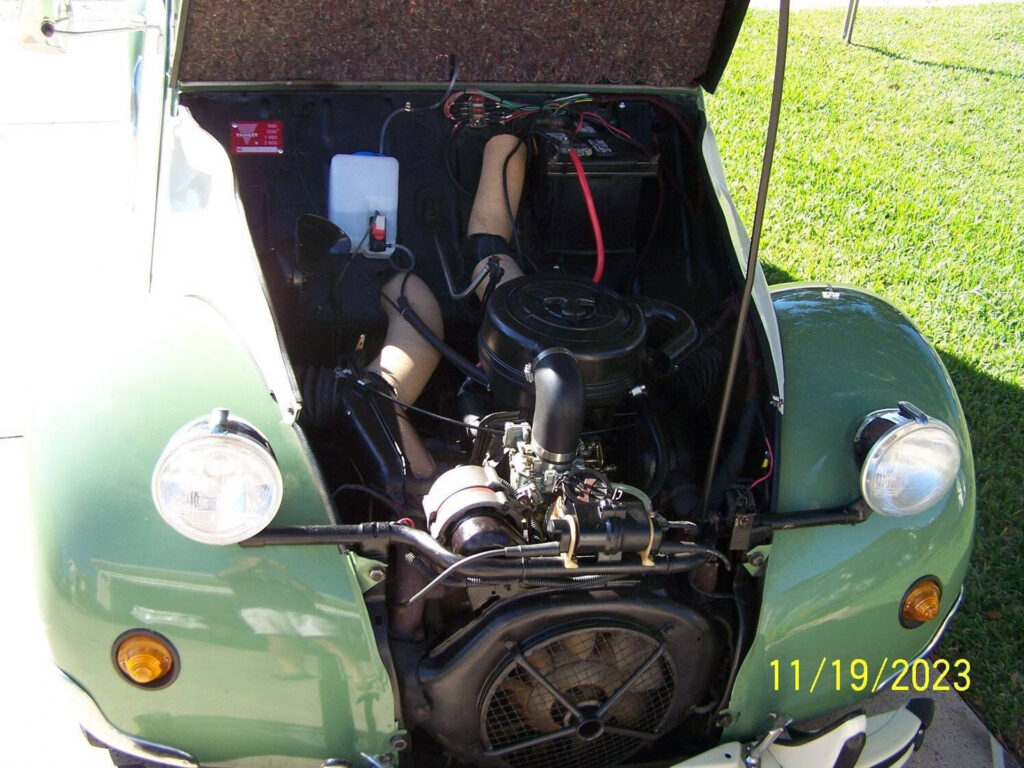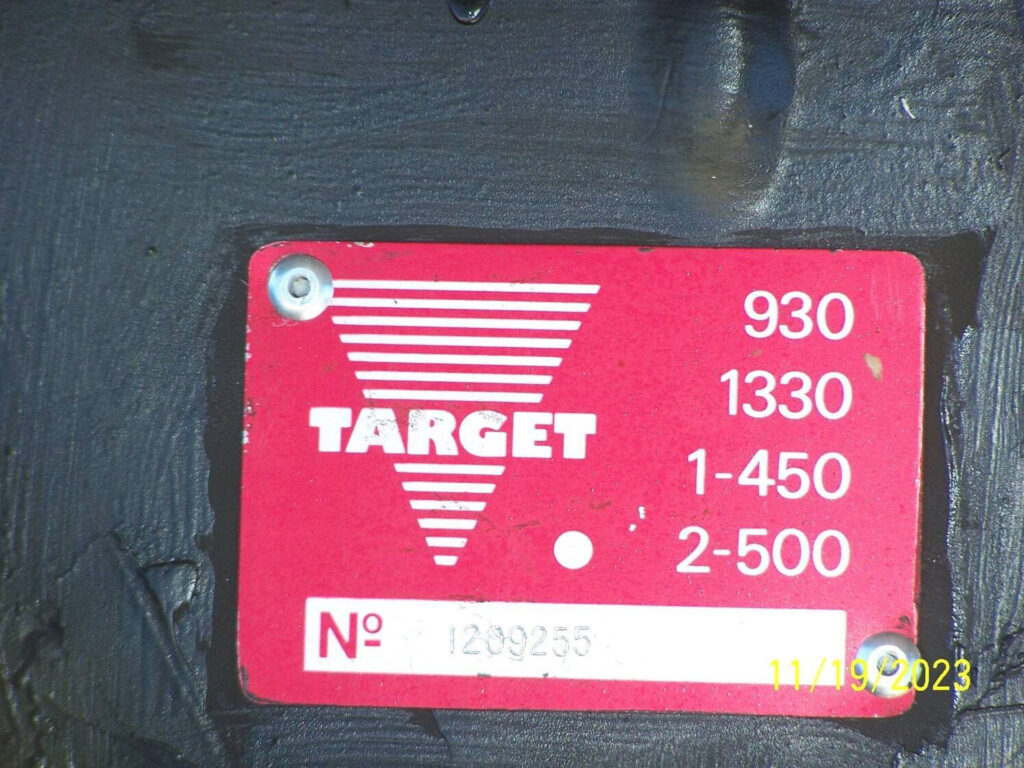A Target 2CV Survivor from World of Citroën
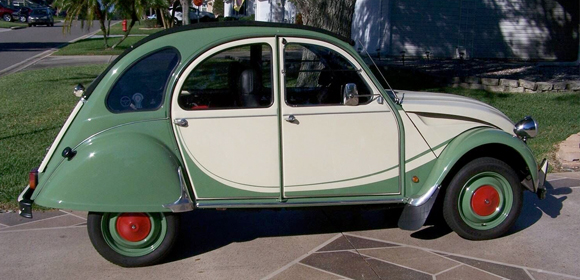
How the 2CV managed to be sold in the USA in the 1980s is an intriguing story of “out-of-the-box” thinking by few entrepreneurial Citroën enthusiasts who weren’t afraid to push auto import parameters to the limit. We have written about how new 2CV’s were “aged” to comply with USA import regulations, by companies such as Escargot Motors, based in Toronto Canada, operated by brothers John and Greg Long, and Fournet, owned by Michel Fournet, in Glen Burnie, Maryland USA.
There was another even more obscure enterprise, World of Citroën, based in Hollywood California that took a unique approach in the mid-1980s. Eric Rosendahl, president of World of Citroën and Chris Maroe, a former BMW salesman, ex-importer of exotic European cars and general manager of World of Citroën, imported 2CVs in kit form from a Dutch firm, Target Imports of Amsterdam.
Target claimed to purchase solid 2CV frames that were over 25 years of age and then buy all the parts to build new 2CVs from Citroën in France. (Given the cost of purchasing parts alone and that Target most likely did not want to alert Citroën that 2CVs were being manufactured beyond their factory control, we think it is safe to assume that rather than buying 2CV parts from Citroën, Target bought a complete new 2CV then disassembled it to the extent that it was hundreds, if not thousands of pieces.) Each disassembled 2CV, less the new frame now swapped for the old, would be shipped in three crates to the USA and sold in kit form.
The Target 2CV kit cars were titled at the time with the year of the frame and came with a Target VIN plate to be placed on the firewall. Buyers could then build the “kit” themselves or pay the World of Citroën a $250 assembly fee.
Target’s reason for doing so was the USA DOT ban on the 2CV in mid-1960s. It was an era that US regulations started to kick in for automobile emissions and safety, but they weren’t that bad yet in 1965. It wasn’t until 1967 that the federal government and California in particular started to enforce such measures. The last 2CV officially imported into the USA by Citroën Cars Corporation was in 1965, although a new one could still be purchased as an overseas delivery car until 1967.
Imported as a kit car, World of Citroën could claim that it neither manufactures nor sells cars and therefore the “2CV kit” is perfectly legal by any interpretation of standards established by the Department of Transport, Environmental Protection Agency or the California Air Resources Board. The company position was that it acted merely as a wholesale importer of automotive parts. The fact that the sum total of those parts, once assembled, happened to bear a striking resemblance to a showroom fresh Citroën 2CV was purely coincidental.
World of Citroën would set up a purchase contract between the American customer Target, acting solely as a “coordinating agent” between the two and would issue an Official Disclaimer signed by Eric Rosendahl stating; “Buyer accepts full responsibility for payment of merchandise, registration and all other items not mentioned herein.” In effect — Target ships to customer and the deal is complete.
By the spring of 1985, the DOT and EPA were on to what World of Citroën was doing — claiming that the 2CV most definitely was a motor vehicle and someone was assembling, i.e. manufacturing it. The EPA’s Rob Weissman, special assistant to the director in the office of mobile sources, said;
“So it sounds like they (World of Citroën) are trying to evade emission and safety requirements. People often look for loopholes and generally, if it’s pretty clear they are specifically trying to take advantage (of loopholes) there’s a countervailing tendency on the part of law enforcement agencies to come down hard.”
The California Air Resources Board ordered World of Citroën to “cease and desist all advertising and sales of the “kit cars” cars in California. While there was still some posturing that the company was not selling a car, rather it was selling kits, California Air Resources Board turned the matter over to their legal people.
It is unclear how long they were able to exist while being embroiled in legal matters with The California Air Resources Board. There was a flurry of newspaper articles in 1985 that clearly say that World of Citroën were selling them as “kit cars”, but by 1987 there was another flurry of newspaper articles saying that they were selling complete 2CVs. It would appear that World of Citroën changed strategy and adopted the import strategy of Escargot Motors and Fournet — searching for 2CV’s in Europe that were over 25 years of age and purchasing those for the frame and registration (VIN) plate and paperwork indicating their age, then buying a brand new 2CV and titling it with the year of the (presumably installed) old frame and fitting the old VIN on the firewall.
But after 1987 — crickets…
Customers who had already purchased the Target 2CV kits managed to be immune from prosecution as at the time they acquired them the government didn’t know about the importation of 2CV kits.
The 2CV pictured here is one such example — a rare Target Imports of Amsterdam kit car from the mid 1980’s.

